
Sometimes we are asked if more hook models are needed, as we already have a justifiable number in our range. The answer to the question is both no and yes. No, because the hooks we have already developed cover the vast majority of situations that we fly fishermen can be exposed to. But the question can also be answered with yes, as new fly models are constantly appearing, but also ways to tie the flies on the hook.
Håkan Karsnäser has written this blog about the subject “small flies, big hooks”
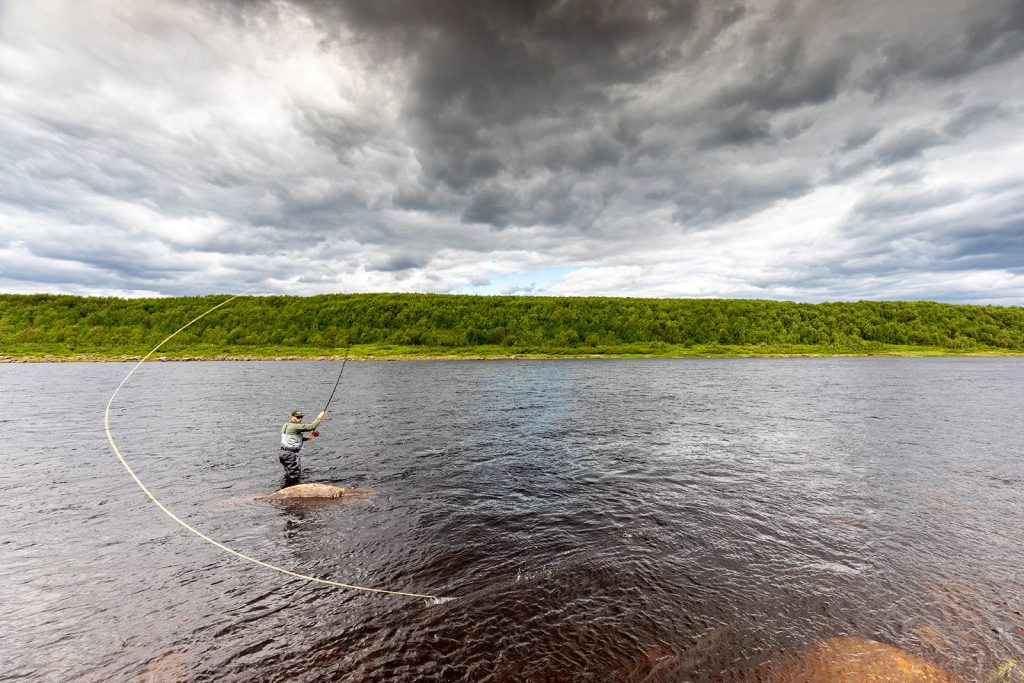
Photo: The Fly Fishing Nation.
A type of fly that was once popular among salmon fishermen was the so-called low-water fly. During the summer, when many rivers went low and the water temperature rose, it was often flies of small sizes that were the rule. Tied on light hooks, so they didn’t sink too fast in the weak current. At the same time, you could not completely switch to tying your flies on smaller trout hooks, as the salmon you were looking for could be of a hefty size. For this purpose, single hooks were manufactured, which were a little thinner in the wire and had slightly longer hook shafts. Instead of using the entire hook shaft for the fly, the fly was tied on half or two-thirds of the hook shaft. In this way, you got a smaller fly, but could still take advantage of the advantages and strength of the larger hook. There were a number of patterns that were only tied as low-water flies, but basically all classic salmon flies could be converted to low-water style.
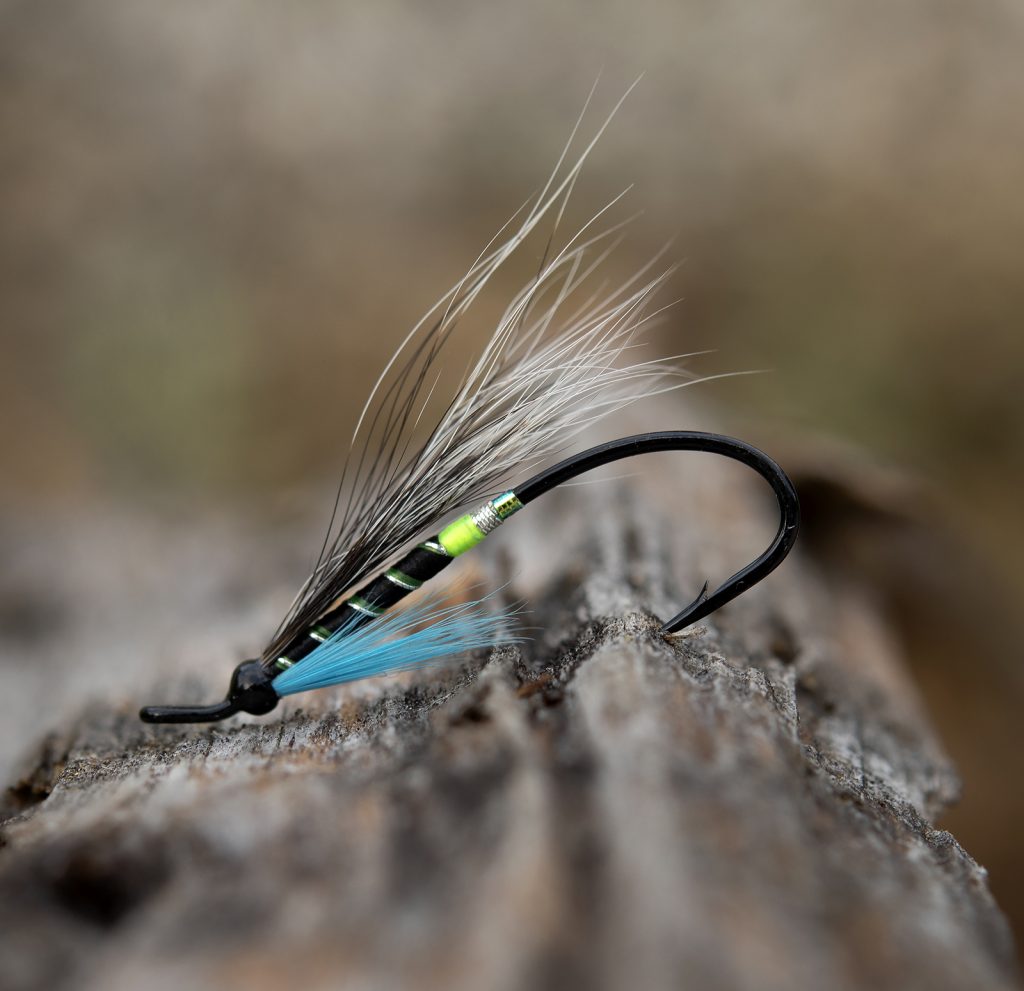
The Blue Charm tied lowwater-style on HR410 by Martin Votborg.
Once I read an article in a fishing magazine where they had adopted this tying method, but now it was about streamers. In the same way as salmon, trout and rainbow trout become lazy and difficult to trough when the water gets warm, and not infrequently the solution here is also a smaller fly. But for the same reason that they used salmon hooks in a larger size and tied the fly to part of the shaft so as not to lose a large fish, the author chose to do the same thing, but on a streamer hook. The body of the fly was tied to half of the hook shaft, but was provided with a soft tail of marabou, which covered the remaining shaft. The tail was also tied in a clear and preferably fluorescent color, which contrasted the black fly in general. In this way, not only did the fly become smaller, it could also work well in both clear and colored water, as the different colors of the fly were visible differently in various conditions.
In the same way as described above, by using a different hook than the one you would normally choose, you can get properties on your fly that make it even better than it already is. I have noticed that when I fish smaller flies for rainbow trout, trout and grayling, I hook more fish if I use a hook that has a shorter shaft in relation to the hook gap. Within the Ahrex FW series, there are now a number of short-handled hooks, which are excellent for these situations.

Pheasant Tail tied by Håkan Karsnäser on FW560 Traditional Nymph.
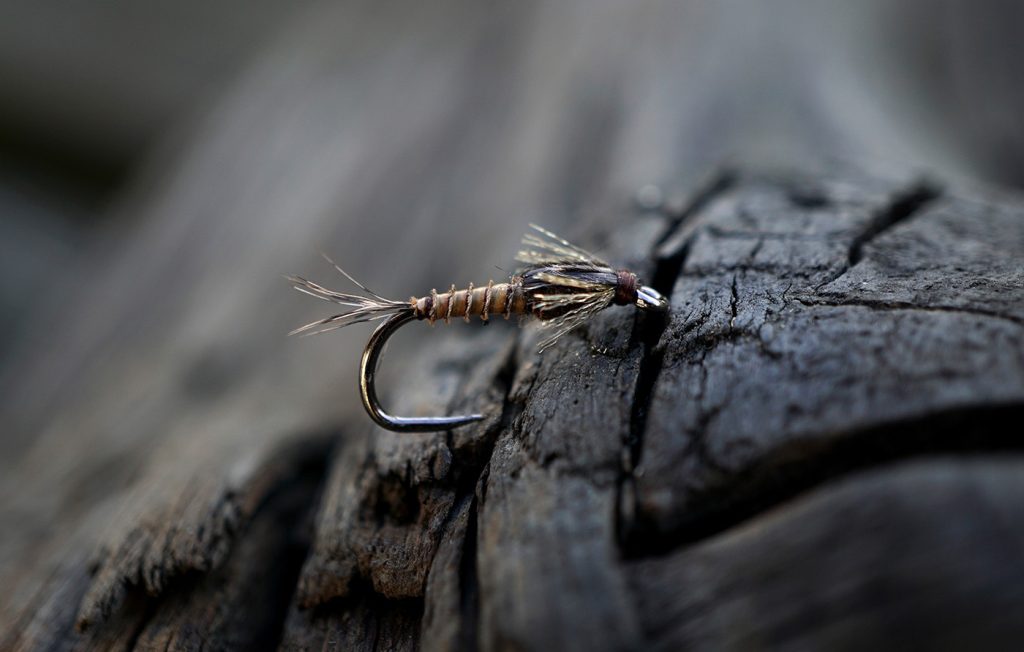
Simple Quill Nymph tied by Jan De Haas on FW562 Short Nymph.
Here is two examples of nymphs showing you what I mean. The pheasant tail nymph tied on the traditional nymph hook FW560 has a much narrower hook gap than the Simple Quill Nymph tied on the cross-handled FW562. On larger flies tied size 8-12, it is not as important with the larger hook gap in relation to the shaft. However, on smaller flies, especially when it comes to models with a bent eye, the distance between the shaft and the hook tip becomes tight, thus reducing the hooking ability.

The FW 560 Nymph Traditional and the FW 562 Short Nymph.
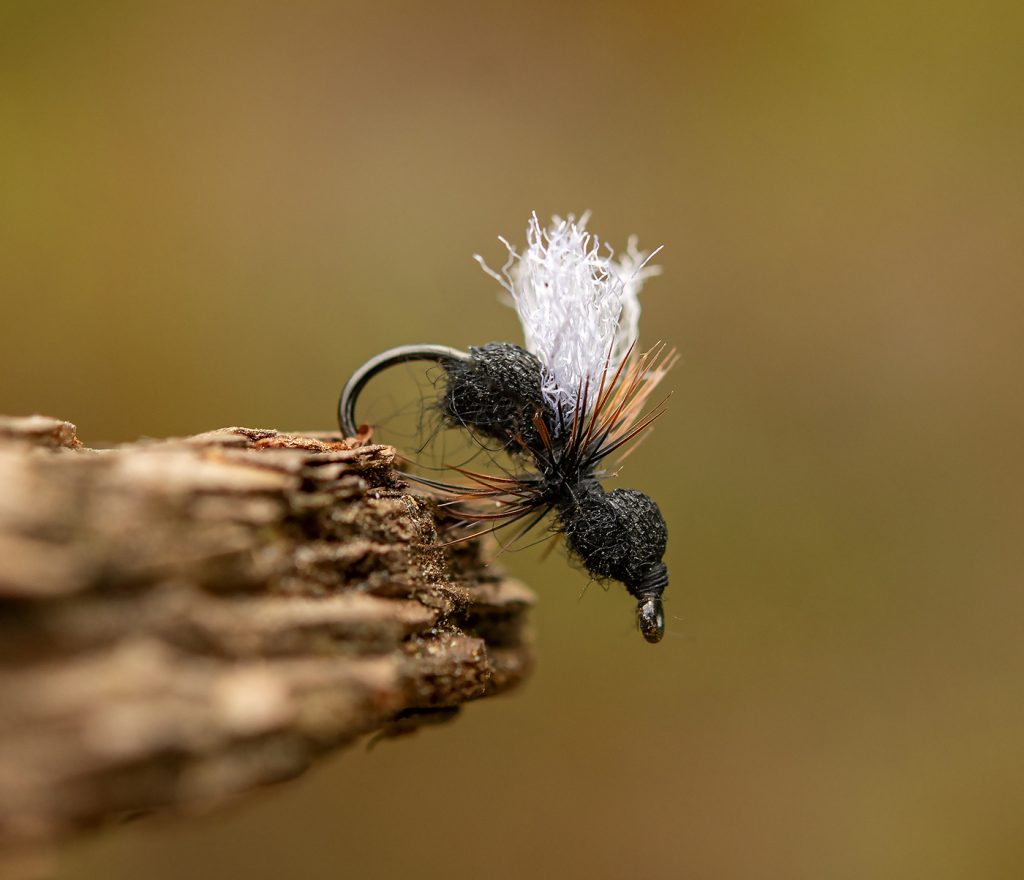
Winged Black Ant by Joel Skoghall on FW 500 Dry Fly Traditional.
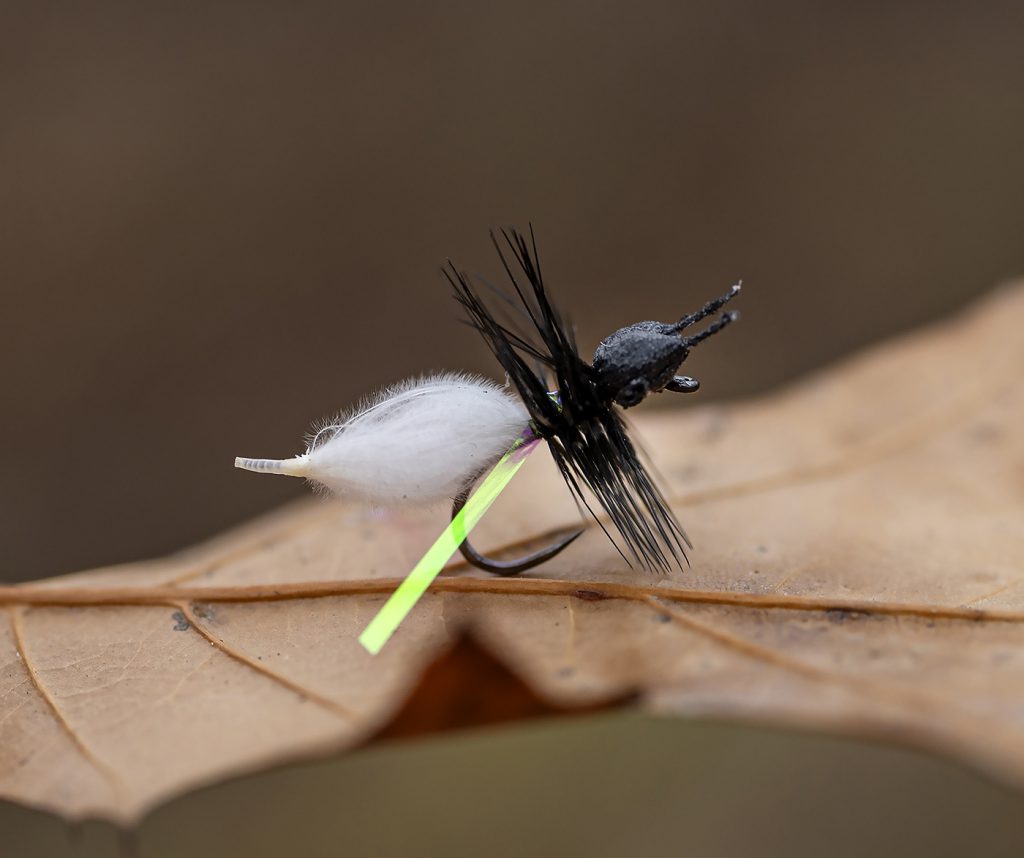
CDC Puff & Foam Ant by Jose Venalonzo on FW 505.

The FW 500 Dry Fly Traditional and the FW 504 Short Shank Dry.
There are also short-handled options for dry flies. The traditional dry fly hook FW500 is excellent for most fly types, but when you want to tie smaller flies, I choose the short-shanked FW504. This started when I fished more with the eminent dry fly Leatherman, created by the skilled norwegian flyfisher, flytyer and photographer Tommy Solberg, for tricky rainbow trouts. I wanted a small light fly, which would also be tied so that it easily hooked fish that took the fly carefully. When I switched to the short-handled FW504 I hooked significantly more fish than before and after that I have tied most of the mini flies on this hook.
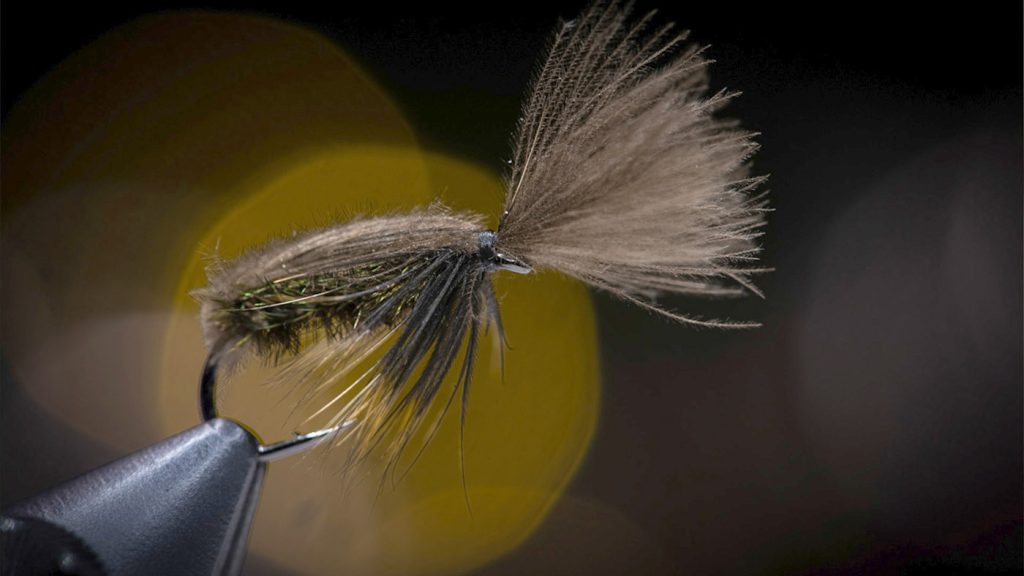
The Leatherman tied by Tommy Solberg.
The Leatherman
Hook: FW504/505 STL 14-18
Thread: black 8/0
Back: 2 pcs natural colored CdC feathers
Body: Peacock Herl
Hackle: Furnace alt brown hen

Attach the thread and tie the CdC feathers at the back, with the tip backwards. Measure so that the feather reach a couple of mm in front of the hook eye when folded forward.

Cut off the excess from the cdc feather and wrap the thread a couple of mm behind the hook eye. Remember to leave room for hackles and to fasten the cdc feathers.
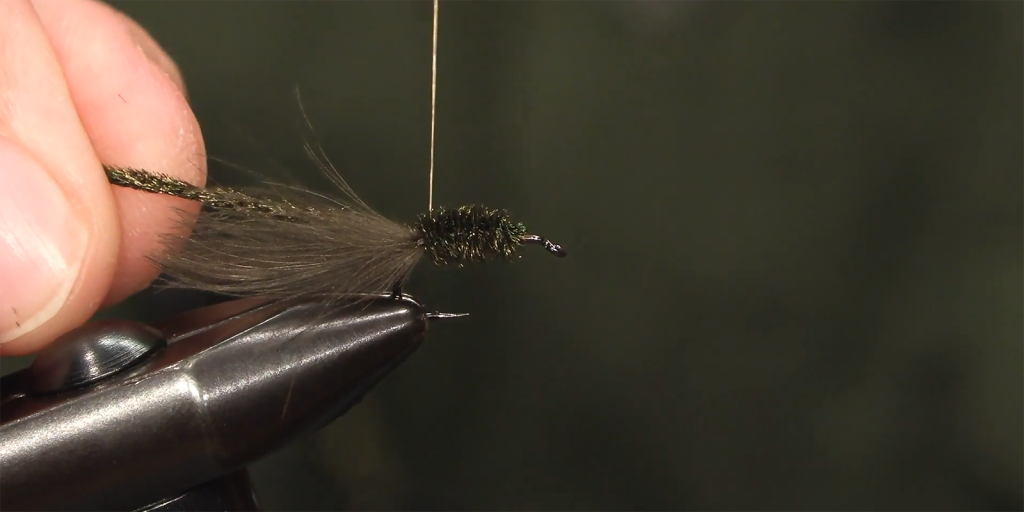
Attach 2-3 peacock herls with the tips forward and wrap the thread back to the hook bend. Wrap the herl back and fasten – then wrap the thread forward over the herl. In this way, we reinforce the otherwise fragile peacock herls. Cut off the excess herl.


Choose a hen hackle with fibers as half the hook shaft. Attach the hackle to the tip, in front of the body.
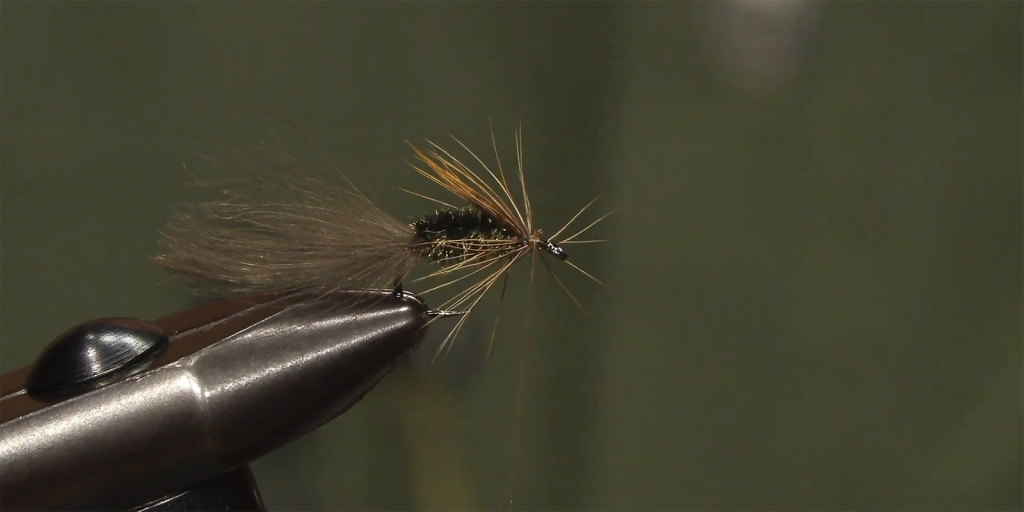
Wrap the hackle 2-3 times and fasten in and trim off the excess.

Fold the CdC feather forward and fasten in front of the hackle. Wrap a couple of rounds of thread just behind the hook eye to press the feather tips up a little, so that it is easier to tie the fly on the leader. Finish with a whip finish and cut the thread.
You can also watch Håkan tie the Leatherman here:

Tight lines and happy Tying – Håkan.
